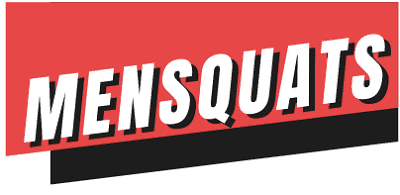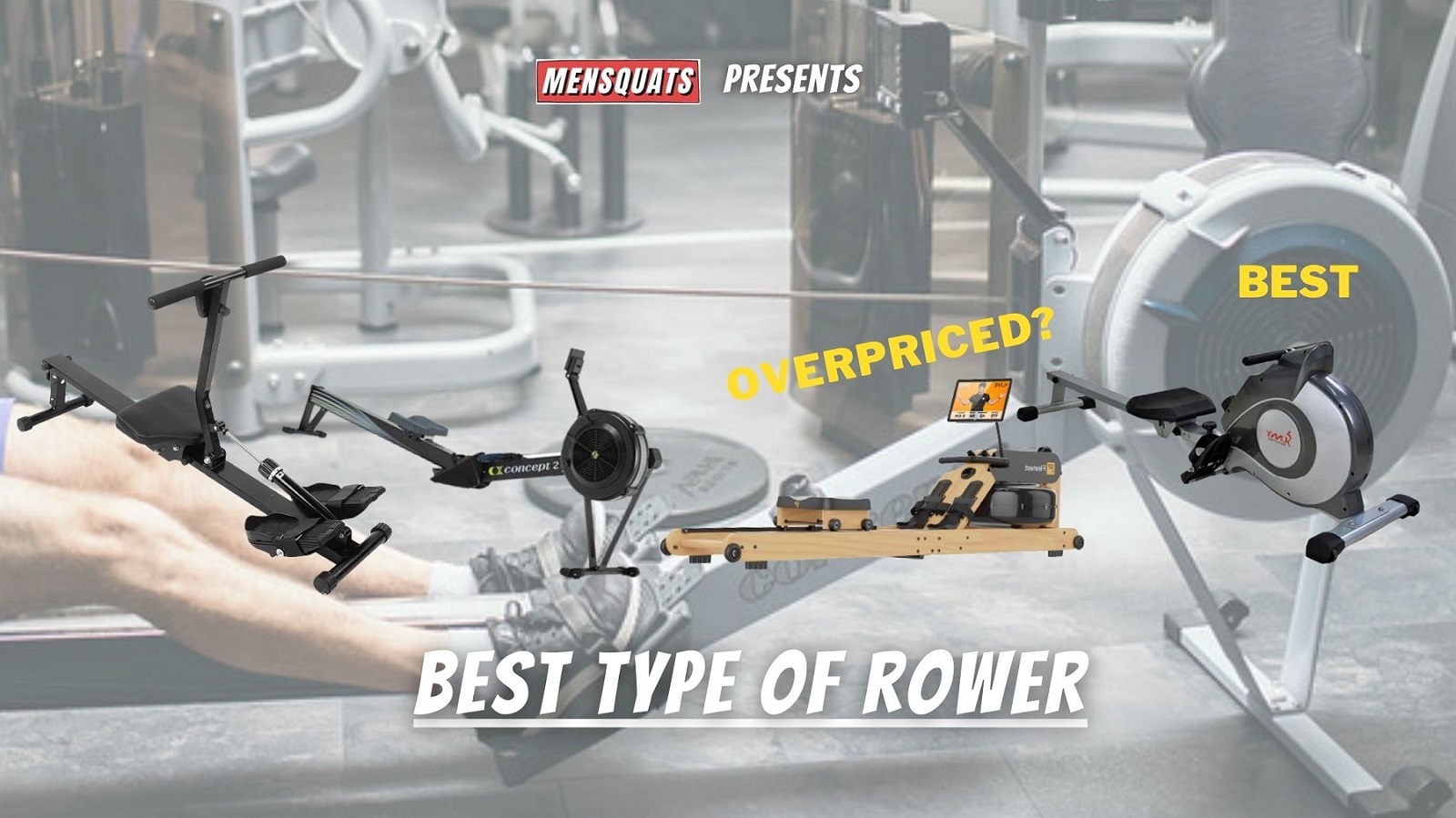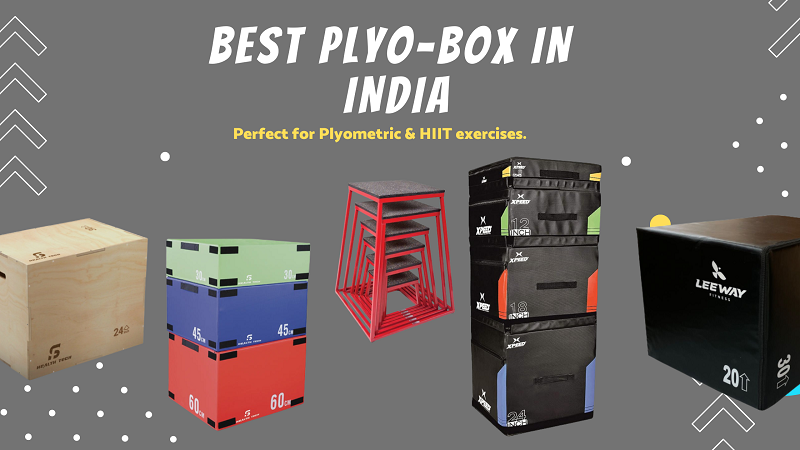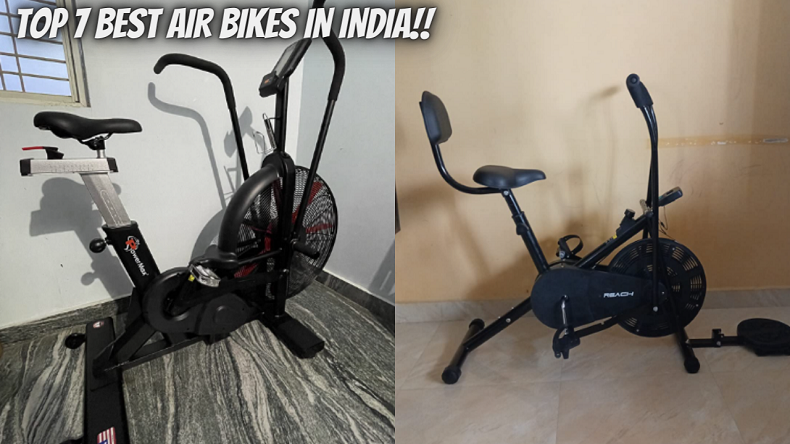How To Start Olympic Weightlifting For Beginners?
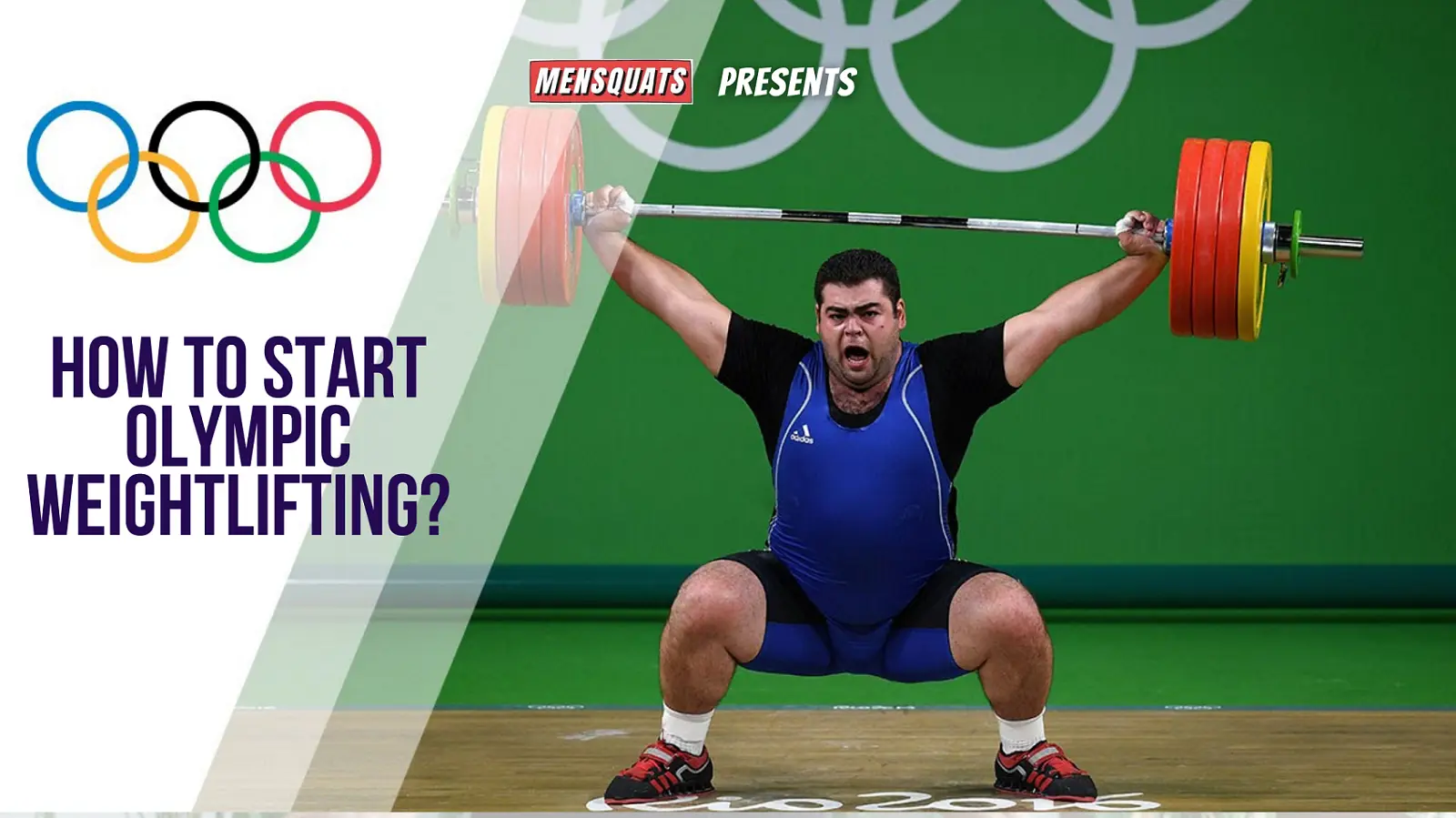
✅ Today's blog is an introduction to how to start olympic weightlifting for beginners, first covering - what is olympic weightlifting, then moving on to the reasons why somebody might choose to Olympic lift.
Finally, we’ll go over how one properly and safely accomplishes these lifts. 👌
After this blog, if you feel you would like to pursue Olympic lifting in India any further and possibly even add it to your movement routine, it’s your bet.
What is Olympic weightlifting?
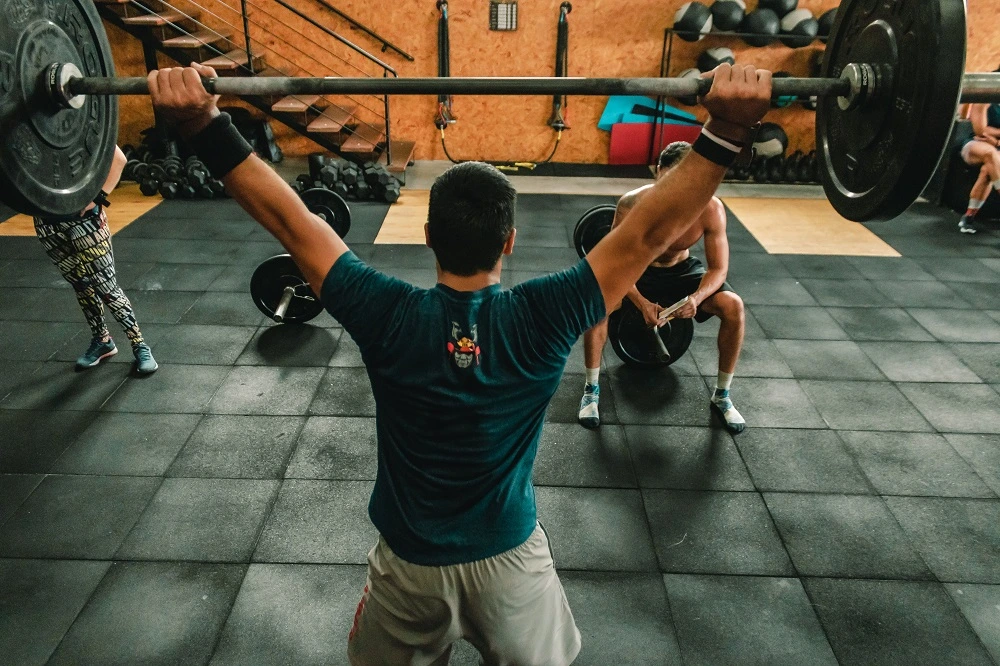
Well, officially, Olympic lifting is the style of weightlifting utilised in Olympic competitions. ✔️
These competitions include two lifts, each with the goal of getting the heaviest possible weight from the floor to a fully extended overhead position.
And while this goal may sound really simple, these patterns require a surprising amount of skill and grace to properly accomplish. 😊
👌 In fact, I often feel more like I’m practising a martial art than actually lifting weights when I’m training in this style.
- The first Olympic lift is known as a clean and jerk, in which two movements are used to get the weight from the floor to a fully extended overhead position.🏋️
- The other Olympic lift is the snatch, which uses only one fluid movement to accomplish the same task.
In competition, your MAX clean and jerk would be added to your maximum snatch, giving you your total for the competition.
However, most people utilising these lifts today are not in competition and have no Olympic goals. Instead, they are using this style of lifting for one or more of its many impressive benefits.😅
This Olympic-style lifting does make use of the 2 official Olympic lifts, as well as a number of Olympic-style regressions, pseudo-Olympic patterns, and useful accessory patterns.
You will often see this style of training used in football, basketball, soccer, track and field, and most recently, it’s been heavily utilised in CrossFit.🏋️
So Why Anyone Should do Olympic weightlifting?
✅ This is an important question because there are some drawbacks to Olympic lifting.
For instance, compared to other forms of strength training such as powerlifting and bodybuilding.
Olympic style lifting is more skill-focused, meaning that it takes a longer time to master the basic movements, and injury risks can be pretty high if you’re doing these types of movements improperly.
However, when done properly, these lifts are very safe and known for producing some fairly radical results.✔️
Probably the most well-known of these benefits is the ability of these lifts to drastically increase athletic power, 🏋️ especially in that all-important posterior chain.
In fact, I was first introduced to Olympic lifting in the early days of YouTube by two incredible videos.
The first video was a 5.9ft 365-pound Olympic lifter, Shane Hammond, performing a standing backflip with ease, displaying incredible hip power and explosiveness. 💯
The second video, no less impressive, was a bro-down style friendly gym competition to see who could jump higher: a group of runners 🏃 or a group of Olympic weightlifters.
The runners, one by one, ran up and jumped, reaching up towards the ceiling of maybe, I don’t know, nine and a half feet. Most couldn’t touch it, but a few of them hit it with their fingertips.
Then the Olympic lifters, one by one, grabbed a 25 to 45-pound plate, held it to their chest with one hand, and from a standstill, jumped and palmed the ceiling with the other hand.
Olympic lifting is notorious for building this type of power, and my own experience with it corroborates it. 😅
Every time I lift in this way, my body links together more powerfully, and my vertical, especially my standing vertical, goes way, way up.
Another benefit of Olympic lifting, which was less well known before recently being utilised by CrossFit, is its ability to burn calories at a high rate.🔥 Full Olympic lifts utilise nearly the entire body but especially the large muscle groups of the thighs and hips.
Firing up all this muscle mass explosively requires the burning of a lot of calories for fuel. A quick set of 8 snatches can often feel like a dead sprint and can have the heart rate soaring.
And the last major benefit, I’ll mention is mobility.💨
To properly perform the full Olympic lifts, you must have high levels of ankle, knee, hip, low back, thoracic spine, and shoulder mobility. And if you don’t have this type of mobility, a progressive Olympic-style routine can help you regain it.
🗯️ In fact, I’ve known a number of athletes who have solved mobility-related joint issues and chronic pains just by Olympic lifting.
This is in large part due to the full squat and overhead squat positions, which Olympic lifting makes so much use of.
How To Start Olympic Weightlifting For Beginners?
✅ Well, the two primary Olympic lifts are often too advanced for most beginners, and should you decide to start Olympic lifting, you will likely need to start building a foundation of strength and mobility before moving on to the full lifts.
This is usually done by beginning with partial Olympic lifts, each of which trains a different portion of the movement patterns that will eventually come together into the full Olympic lifts.
These will be lifts such as front squats, deadlifts, hang cleans, and overhead jerks, among many others.
These foundational lifts are great for creating the mobility, strength, and power needed to successfully perform the two primary Olympic lifts. ✔️
In fact, they work so well at this that most athletes only incorporate these lifts, choosing to reap the many benefits they provide without needing to spend the extra time and effort needed to learn the full lifts.
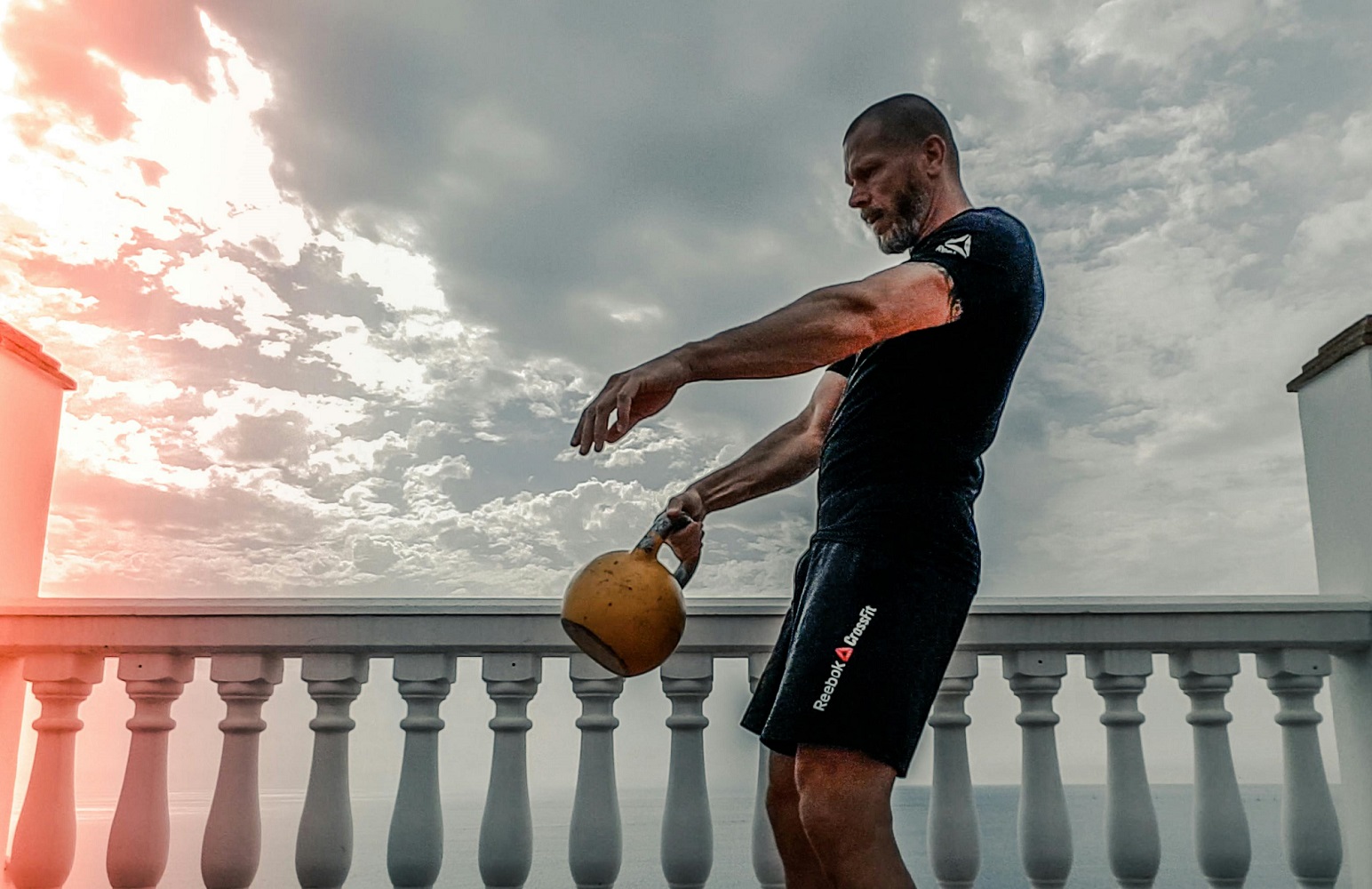
👍 Another popular tool for building an Olympic lifting foundation can also be found in “kettlebell training”. Russian waving programs, in particular, are known for successfully preparing new lifters with kettlebell training. 👌
Kettlebells are easy for the beginner and great for learning strong hip extension with lifts such as the swings, kettlebell cleans, and kettlebell snatches.
Now, the two primary Olympic lifts, the clean and jerk, are usually easier to integrate because their mobility demands are lower than that of the snatch.
The cleaning jerk is simply a combination of two movements: the Olympic clean and the split jerk. These movements have been further broken down into anywhere between 5 to 8 phases of movement in order to help lifters traditionally learn how to do these rather complicated lifts. ✔️
How to get into olympic weightlifting for beginners?
However, in an effort to keep a 101 blog simple⚡, I’ve broken it down into only four phases and I’ve tried to use more common language than was traditionally used.
How to do clean and jerk?
✅ The clean and jerk begins in the start position, which is basically a slightly modified deadlift.👌
In this position, the feet are generally hip-width apart and pointed forward or possibly slightly turned out.
Hands are roughly shoulder-width on the bar, and the bar is placed just above the balls of the feet.
From this position, the weight is pulled off the ground and up towards the hip. This is essentially the deadlift phase of the lift. As the weight passes over the knees and nears the hips, the next phase of the movement pattern begins, this being the explosive triple extension of the hips, knees, and ankles.
👊 The purpose of this phase of the movement is to powerfully launch the weight vertically, often called the jump phase of the lift due to its resemblance to a standing vertical jump.
At this point, if you were to watch a skilled Olympic lifter in slow motion, you would see that they aren’t actually supporting the weight anymore.
The bar has become airborne, launched upwards by the power of the triple extension.
During this time, the lifter is still holding onto the bar, but they’re quickly dropping underneath it and into a low squat position. This is where the lifter catches the bar on their shoulders using the front rack upper body position.
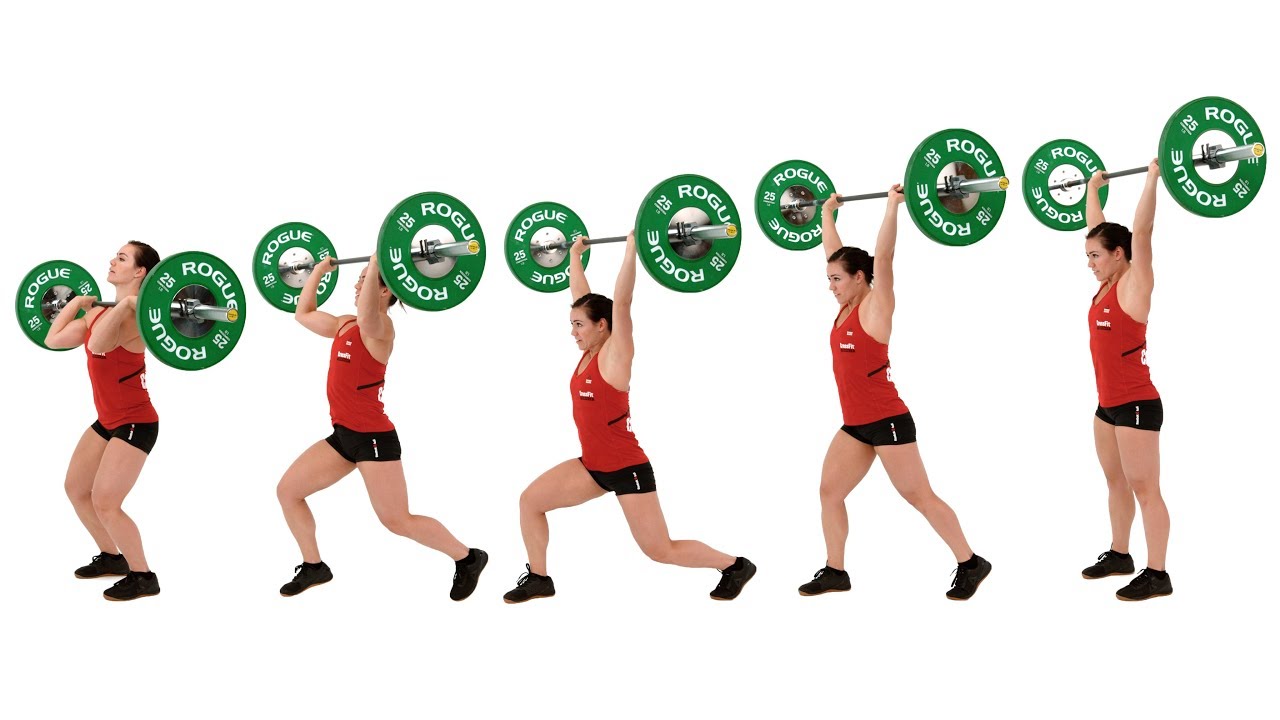
From there, the lifter finishes a front squat, bringing the weight all the way up to a standing position while still held on the shoulders. This is where the final phase of the movement takes place: the split jerk.
Using the hips, knees, and shoulders simultaneously, the weight is explosively pushed up as the bar launches off the shoulders. The lifter again drops down underneath it, this time by shooting one foot forward and one foot backwards at the same time, landing in a split position.
The bar is caught in a split stance with the arms fully extended overhead. 👍
Once caught, the lifter steps up into a standing position with the weight still fully overhead and arms locked out, officially completing the lift.💯
Our New Blog – Full Home Gym Setup in India – 10 Unique Ideas
How To do Snatch?
✅ The snatch, though generally more difficult, is also a simpler movement. This lift can be described in only three steps. The first step is similar to the beginning of the clean and jerk and will still be called the deadlift phase due to its strong resemblance to a modified deadlift.
However, the necessary grip for the snatch is quite different, being much wider than that used in the clean and jerk.🏋️
To find your proper grip placement for the snatch, simply grab the bar with a width that places the bar right at the crease of your hips when you stand up with it.
This deadlift phase of the lift brings the bar past the knees, and again, as the bar starts to near the crease of the hips, the lifter explosively extends the hips, knees, and ankles.
This is the same jump phase which explosively launched the bar vertically in the clean and jerk, with one major exception: this time, the bar must travel completely overhead.🏋️
👍 To accomplish this, the lifter must triple extend powerfully, then drop down quickly into a deep squat underneath the bar with arms fully extended in that wide grip.
The feet are often widened to some degree just before receiving the weight, and after catching the weight overhead, the lifter will extend their knees and hips to stand upright with the bar fully extended overhead and arms locked out, thus completing the lift.
Catching the weight in the deep overhead squat position is often the most difficult part of the movement because it requires a lot of strength and stability and a range of motion most people don’t have, even when they’re not supporting weight. 😊
But overhead snatch grip squats are a great way to build up the strength and range of motion required for this particular part of the lift.
Conclusion
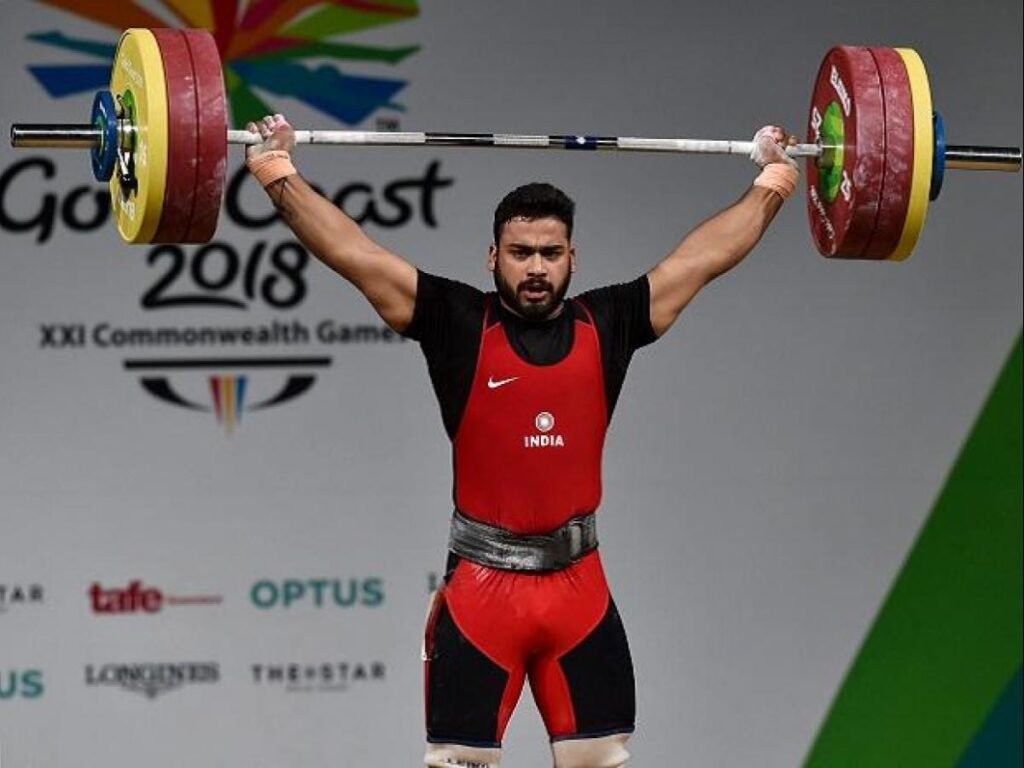
✅ If you would like to start Olympic lifting yourself, consider looking for a gym with an Olympic lifting coach as your best possible option.
However, if there isn’t one in your area or you just don’t have the money or time for something like that, don’t worry.
All you need to start your Olympic lifting journey is access to a barbell, plates, some perseverance, and a little focus. Start with the foundational lifts and build up your strength, skill, and mobility, and move on from there.😊
FAQs
Q1: What is snatch in weightlifting?
The snatch is like a superhero landing: one swift, powerful movement to lift the barbell from the floor all the way overhead.
Imagine launching a heavy barbell skyward in a single smooth motion, that’s the snatch!
It’s not just about brute strength, though – think lightning-fast reflexes and laser-sharp coordination to pull off this impressive feat.
Q2: What is the difference between powerlifting and weightlifting?
Powerlifting involves three lifts: squat, bench press, and deadlift. The goal is to lift the maximum weight in each lift, regardless of technique.
Olympic weightlifting focuses on the snatch and clean & jerk, emphasising both heavyweight and technical proficiency.
Powerlifters perform nine total lifts on the platform, while weightlifters have six chances.
Q3: How much does an Olympic weightlifting bar weigh?
An Olympic weightlifting bar typically weighs 20 kilograms. This is the standard weight for men’s bars, as specified by the International Weightlifting Federation (IWF).
For the women’s bar, the weight is 15 kg.
Q4: Which Indian weightlifter won 7 medals?
The legendary Karnam Malleshwari accumulated a remarkable collection of 7 medals throughout her career: 1 gold, 2 silver, and 4 bronze.
Her dedication and achievements continue to motivate and inspire countless Indian weightlifters.
Q5: How does Olympic weightlifting work?
Weightlifting lifts involves two lifts: snatch and clean & jerk.
Athletes attempt to lift the maximum weight possible in each lift, with the heaviest combined weight determining the winner.
Judges assess both successful lifts and proper technique.
- Snatch: In one continuous motion, the athlete lifts the barbell from the floor to overhead in a single fluid movement.
- Clean & Jerk: This lift involves two stages. First, the athlete lifts the barbell from the floor to the shoulders (clean). Then, in a separate movement, they lift it overhead (jerk).
Q6: Who is the oldest weightlifter to win an Olympic gold in weightlifting?
Lyu Xiaojun, a 37-year-old man from China, recently became the oldest person to win a gold medal at the 2020 Tokyo Olympics. He competed in the 81-kilogram category, where he secured the gold.
Q7: Are weightlifting belts allowed in Olympic weightlifting?
Yes, weightlifting belts are allowed in Olympic weightlifting. Lifters are permitted to wear belts to provide additional support and stability during their lifts.
However, the weightlifting belt width shouldn’t be more than 4 inches.
Q8: Are knee wraps allowed in Olympic weightlifting?
No, knee wraps are generally not allowed. Olympians are typically not permitted to use knee wraps during competitions to maintain fair and consistent conditions for all participants.
Q9: What weight plates have been used in Olympic weightlifting?
Weightlifting plates commonly referred to as “bumper plates” used in the Olympics are commonly crafted from virgin rubber, featuring a 50-millimetre centre hole. They can be safely dropped from different heights. They weigh between 10 kg to 25 kg, lower weights are made of fractional plates.
We have created a blog on the best weight plates in 2024 check it out here.⚡
Well, that’s it for today. Hope this information helps you on your journey.
If you enjoy this content, be sure to share the blog. “How To Start Olympic Weightlifting For Beginners?” If you want a program – check 12 week Olympic weightlifting program pdf.
Also, be sure to leave any questions, tips, or your own personal experiences with the Olympic lifts down below in the comment section.
Have a great day. Keep Lifting.
